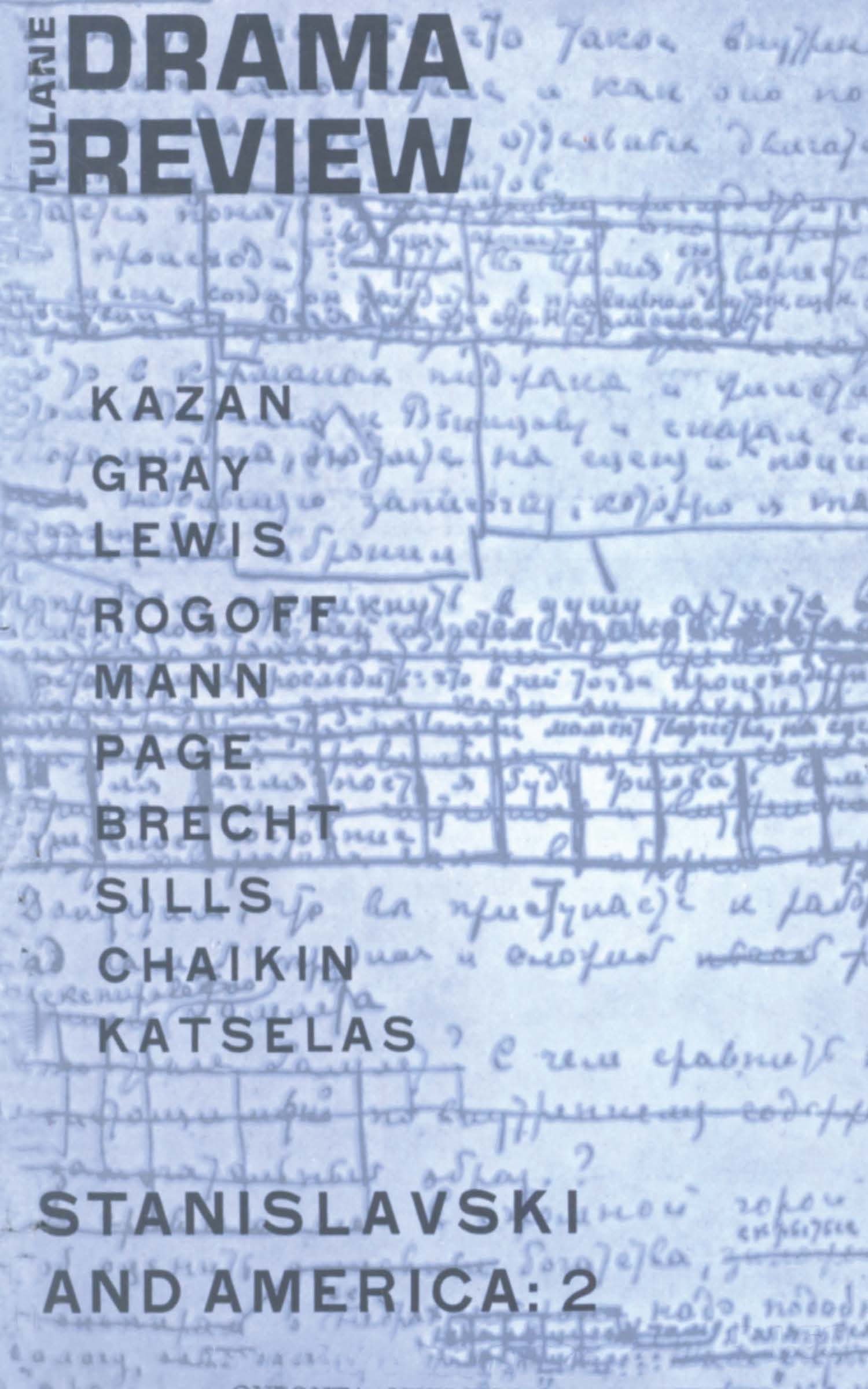Article contents
Broadway Theatre Myths
Published online by Cambridge University Press: 23 November 2021
Extract
The theatre is an anachronism. Once the only form of dramatic entertainment, it now survives as a handicraft industry. What the assembly line did for automobiles, movies and television have done for drama. Like hand-woven sweaters, theatre has become a luxury that can be afforded only by a very few. And because its essence is live actors performing before a live audience, attempts to mechanize it are vain. Costs per spectator, and consequently ticket prices, will always be higher than movie admissions—and the aesthetic results more uncertain than in film. It is therefore a myth to suppose that the live theatre will ever be “popular.”
A number of other beliefs about the theatre are likewise myths. Articles proclaim that the “theatre is dying” or “costs are pricing the theatre out of existence.”
- Type
- Research Article
- Information
- Copyright
- Copyright © The Tulane Drama Review 1965
References
1 In an aside in her conversation about off-Broadway (this issue, p. $$$), Judith Marechal discounted the supposed lack of good scripts vehemently, observing that new playwrights are generally not commercially attractive, quite aside from the artistic merit of their works. The operative word here is “satisfactory.”—Editor's Note.
2 Lord, William Jackson Jr., How Authors Make a Living (New York: The Scarecrow Press, 1962).Google Scholar
- 1
- Cited by


